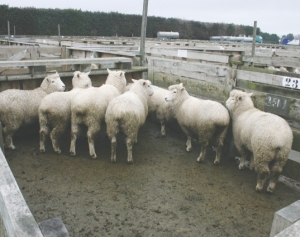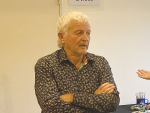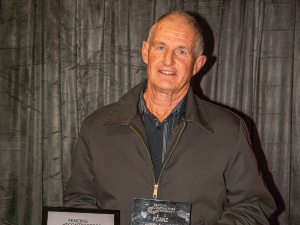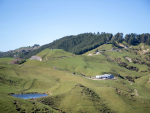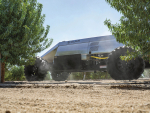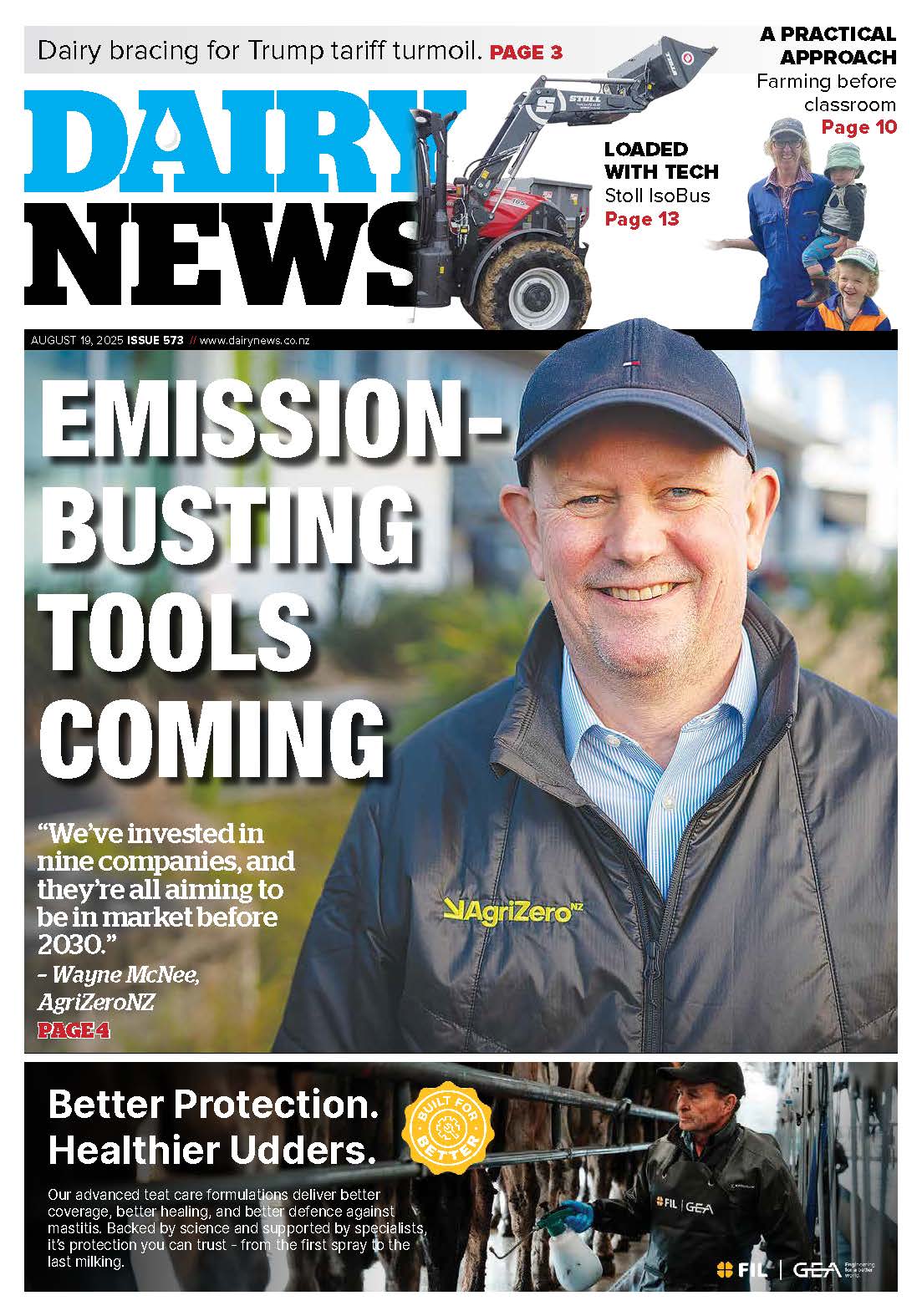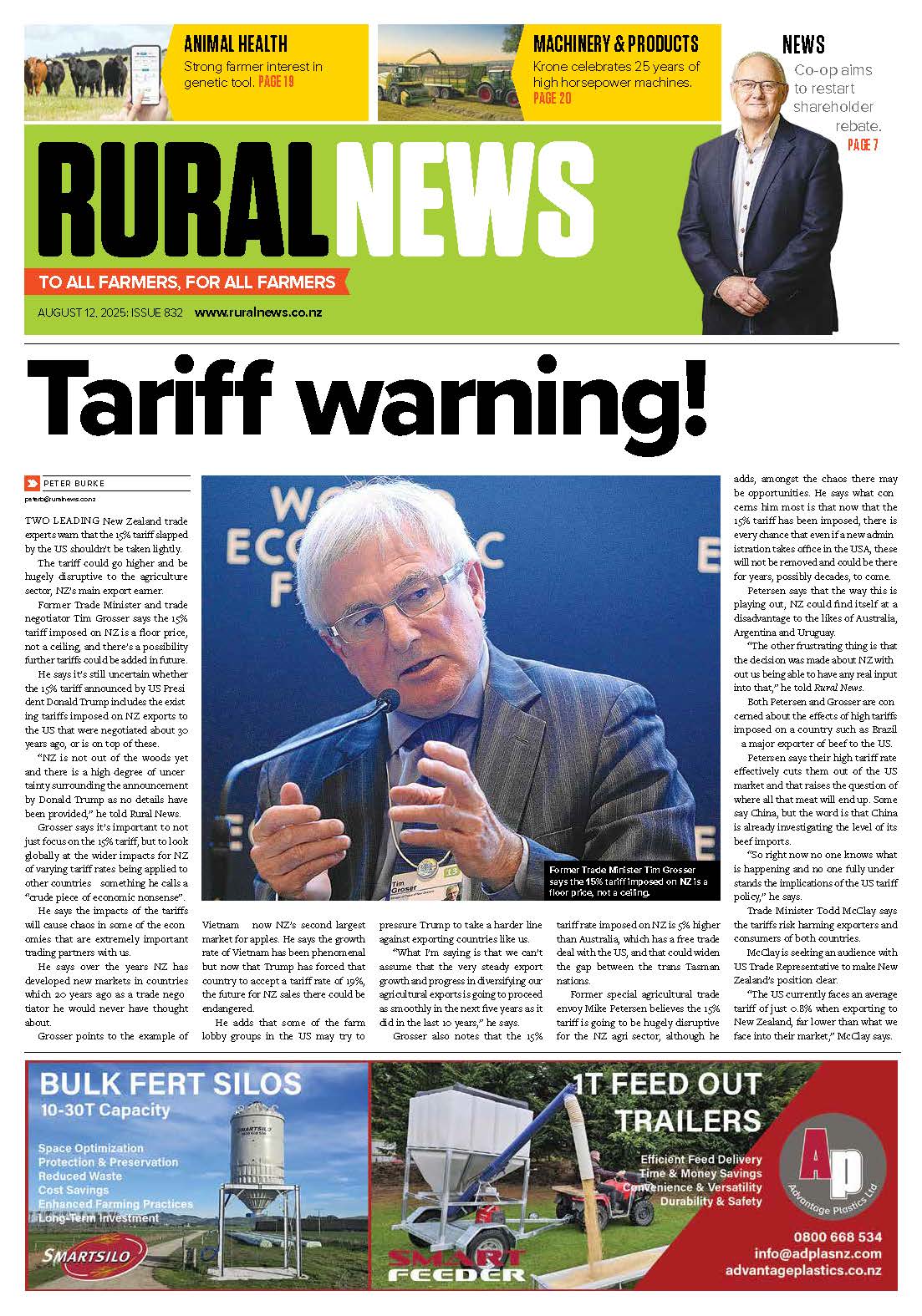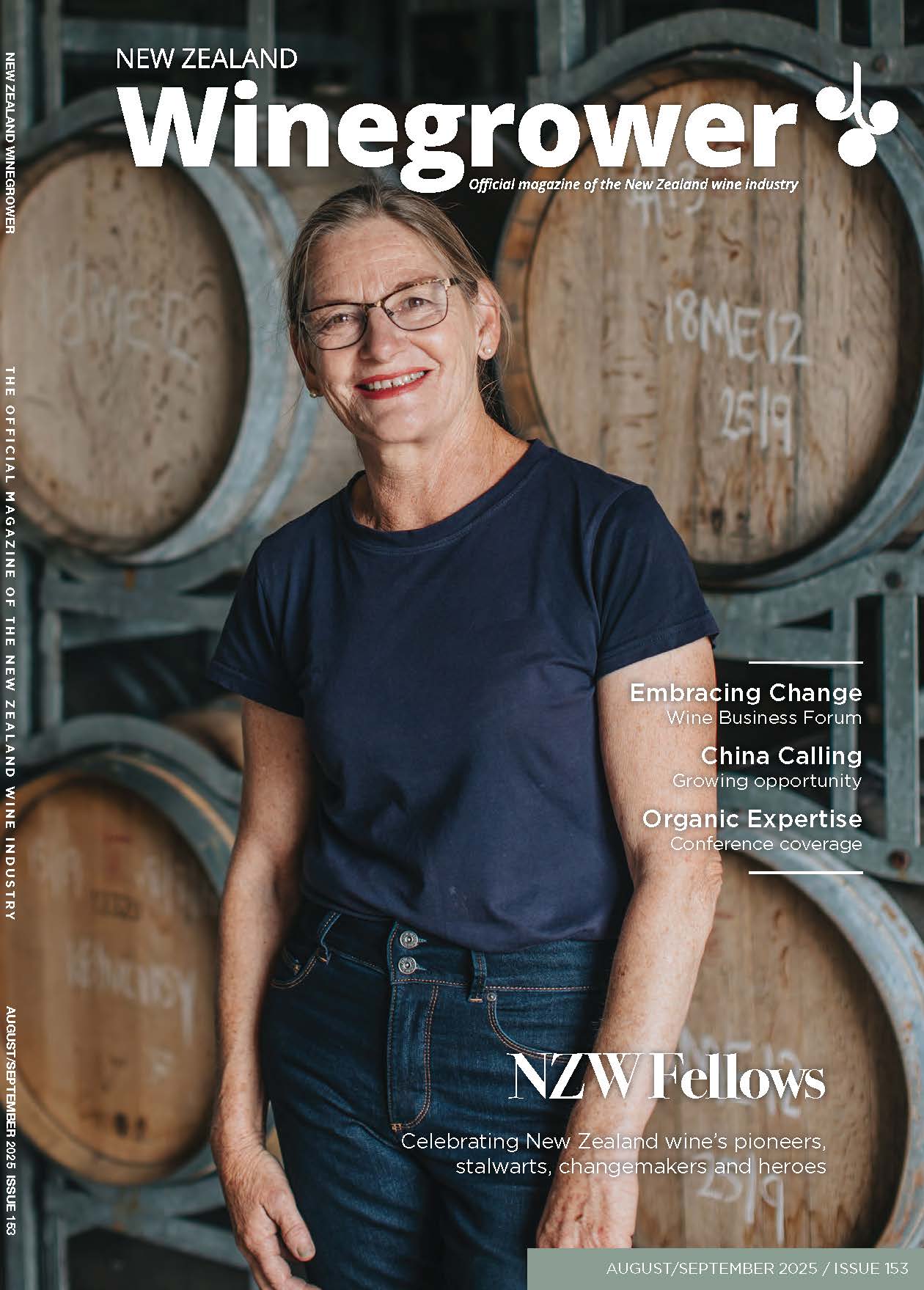Ministry for Primary Industry veterinarian and animal welfare advisor Richard Wild says lameness is a particular problem in older sheep and intervention is needed sooner rather than later if there’s a hint of a problem on farm.
Earlier this month Wild presented a paper to the New Zealand Veterinary Association conference at Massey University outlining findings of NZVA and MPI monitoring of 10 meat processing plants from October to May this year.
The paper suggests time in lairage before slaughter may be causing or exacerbating lameness, and holding animals on metal gratings may be a factor in increasing incidence. Some floor designs appear worse than others.
Mobility scores were used to grade cases.
“We measured things like the age of animals, how far they had been transported because that does exacerbate or cause lameness. We also looked to see whether there was any difference in lameness between breeds,” Wild told Rural News.
“Some of the things that came out of the survey were that in particular parts of the country lameness was more common than others. Not surprisingly lameness was more common in the South Island than the North Island. We certainly see more lameness in Merino-type sheep.”
Overall, level of lameness was low probably reflecting the very dry season in most places.
There is not a great deal of lameness in lambs and when there is it tends to be ‘injury related’, he says.
“What we are coming at is how do we deal with lame lambs turning up for slaughter and has the person in charge of these animals taken appropriate action… or have they let them get to a really bad state. A lot of it’s around husbandry and stockmanship.”
Wild says breeding also has a role in reducing incidence.





